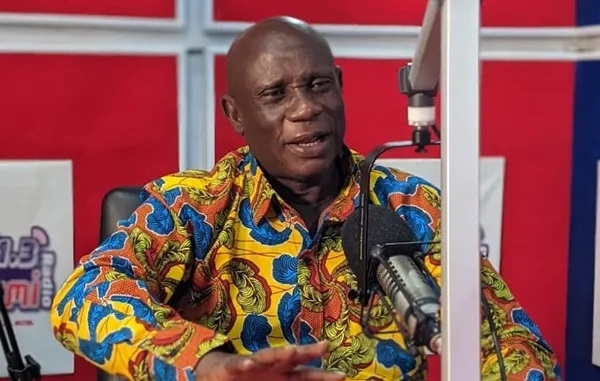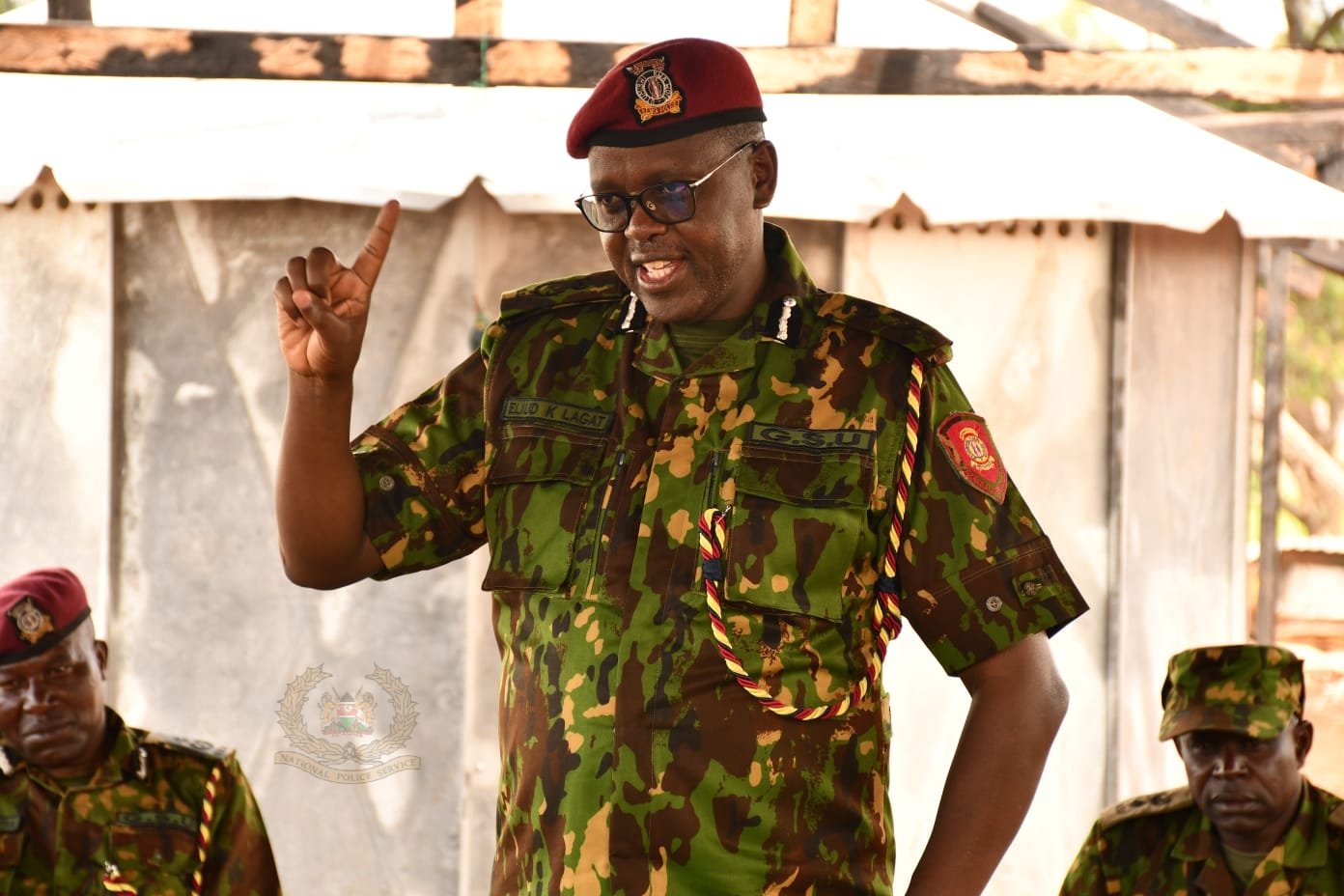Siem Reap and Datong Strengthen Friendship Through Cultural Exchange

The Yungang Grottoes in Datong, Shanxi province, China, and the Angkor Wat temple complex in Siem Reap, Cambodia, though separated by 3,000 kilometers, are fostering a burgeoning relationship that strengthens economic cooperation and people-to-people exchanges between the two nations. These ancient sites, the Yungang Grottoes carved in the 5th century and Angkor Wat erected in the 12th century, once served as silent witnesses to the overland and Maritime Silk Roads, respectively. Today, they stand as collaborators in a multifaceted cultural and economic exchange.
Wen Bo, head of the Shanxi Chamber of Commerce in Cambodia, notes that Shanxi expatriates have established a significant presence in Cambodia, focusing on construction, culture, energy, healthcare, and technology. Their efforts are geared towards aligning Shanxi companies with the Belt and Road Initiative and enhancing cultural and tourism exchanges between Shanxi and Cambodia.
The sister-city relationship between Datong and Siem Reap, formalized in 2021, was inspired in 2018 when Cambodian officials visited Yungang and proposed a collaboration between the heritage sites. This partnership includes sharing restoration techniques and developing tourism.
Li Xia, director of the Foreign Affairs Office of the Datong Municipal People's Government, emphasizes that the sister-city relationship and international collaboration in studies will help globalize the Yungang Grottoes. The popularity of the game Black Myth: Wukong has further boosted tourism in Datong, with primary scenic attractions seeing a 108 percent increase in visitors in 2024.
Cultural ties have been strengthened through exhibitions like "Re-find the Smile of Khmer," which highlights China's contributions to Angkor Wat's preservation. Yan Hongbin, a scholar in heritage conservation, notes the shared challenges faced by both sites, such as weathering and biological erosion, and the importance of conservation efforts.
China's involvement in the restoration of Ta Keo temple (completed in 2018) and ongoing work on the royal palace ruins in Angkor Thom underscore the strong friendship between Cambodia and China. Chea Munyrith, president of the Cambodian Chinese Evolution Researcher Association, highlights this collaboration.
Siem Reap-Angkor International Airport, which opened in October 2023, exemplifies Shanxi's engagement in Belt and Road Initiative infrastructure development. Shanxi Mechanization Construction Group played a crucial role in the airport's construction, overcoming challenges such as the region's lengthy rainy seasons and soil conditions. The airport has facilitated 14,700 flight movements and 1.32 million passengers in its first year, connecting Cambodia with eight countries in South and Southeast Asia.
Cambodia's tourism industry generated $3.63 billion in revenue last year, with Angkor Wat welcoming 82,675 Chinese visitors, a 48 percent increase from 2023. Scholars emphasize that the collaboration between Datong and Siem Reap embodies Eastern values of peace, harmony, and coexistence.
Luo Yang, a researcher at the China Institute for Chinese Overseas Studies, notes the historical significance of Angkor as a crossroads of civilizations, citing artifacts found at the Oc Eo port site. She also observes cultural fusion in daily life, such as the use of ancient Chinese terms for units of measure and the preservation of shrines inscribed with Chinese characters.
Vuth Sophakna, general director of the International Chinese Education and Teachers Institute at the Royal Academy of Cambodia, attributes Angkor's splendor to its historical openness and engagement with Silk Road civilizations.
Sun Yu, a professor in the College of Yungang Studies at Shanxi Datong University, highlights Datong's historical role as a crossroads of civilizations, particularly during the Northern Wei Dynasty. Wu Jiao, a scholar from the research institute of the Yungang Grottoes, points to the "Music Cave" (Cave 12) as evidence of Asia's interconnected civilizational development.
Jia Weihua, general manager of outbound tourism of Shanxi Baohua Shengshi International Travel Agency, mentions the company's efforts to restore direct flights from Datong to Siem Reap and the increasing number of Shanxi residents traveling to Southeast Asia. He notes a shift towards immersive local experiences in tourism.
An increasing number of tour service providers are using Chinese social media platforms like Xiaohongshu to connect with individual tourists. Song Bunly, a Cambodian taxi driver, has gained popularity on Xiaohongshu and now serves nearly 200 Chinese tourists. His Mandarin skills, acquired through language school and work experience, have been invaluable.
Suy Sreynuth, a Cambodian student studying Chinese language at Shanxi University in Taiyuan, chose to study in China to learn about its cultural legacy. She emphasizes the value of cultural exchange and the impact of studying in Shanxi on her personal growth.
Ultimately, these collaborations and exchanges serve to strengthen the bonds between China and Cambodia, fostering mutual understanding and shared prosperity.







